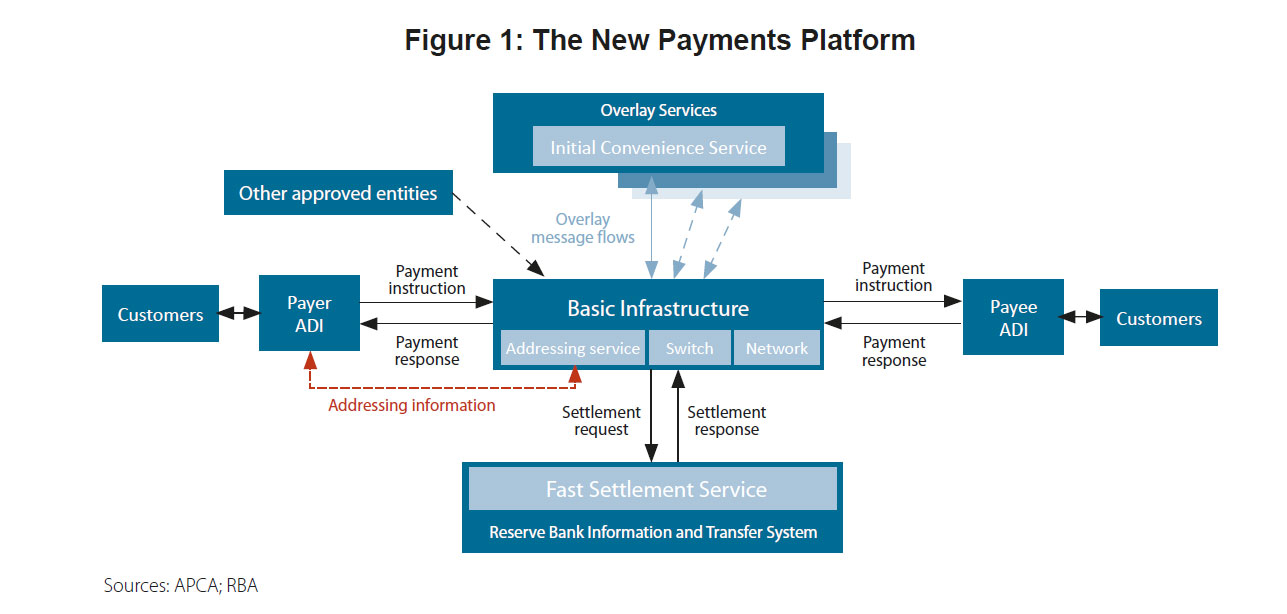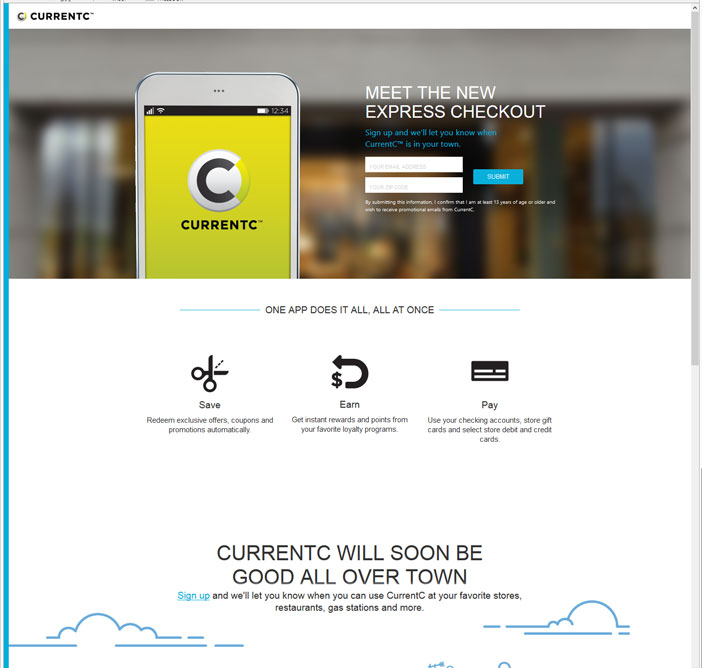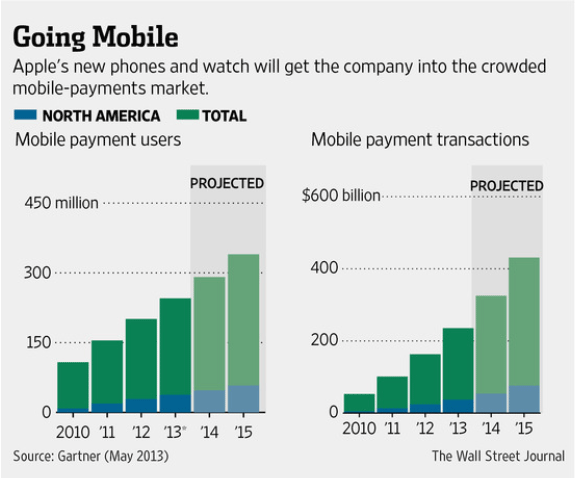Optus today announced a proof of concept (POC) that uses wearable technology to enable mobile payments on Apple and Android handsets via the Cash by Optus app. Cash by Optus is a contactless payment app, powered by Visa payWave, which allows customers to use a compatible smartphone to pay for goods and services instead of using cash or plastic debit and credit cards.
This next evolution of Cash by Optus enables contactless payments across multiple platforms. It uses wearable technology – a connected watch or a wristband – linked to an Android or Apple handset. Payments can be made using only the wearable without the linked phone nearby. When in close range, the connected watch and linked smartphone sync up via Bluetooth to update the account balance on the connected watch and transaction details on the linked phone.
Optus was the first Australian telco to launch a mobile payments app late last year, on Android, but wearable is designed to work on both Apple and Android smartphones. Launched in collaboration with Visa and Heritage Bank, Cash by Optus uses Near Field Communication (NFC) and Visa payWave technology that can replace cash purchases below $100.
Cash by Optus works just like a Visa Prepaid debit card. Customers can load up to $500 at any one time and make contactless purchases under $100 at any of the hundreds of thousands of retailers that accept Visa payWave. To get access to Cash by Optus, customers need an Optus mobile service on a monthly plan, a compatible Android smartphone, a NFC enabled SIM and the Cash by Optus app. Cash by Optus is now available for over 110 compatible Android devices across 10 different vendors – an increase from 25 compatible devices at launch last year. The app uses Visa payWave technology, which features the international EMV chip standard, and provides some of the most widely adopted cryptographic security.
Cash by Optus speeds up the transaction process and makes payments even more convenient compared to fumbling with cash and heavy change. Australians are leading the world in their usage of contactless payments with over 75 million Visa payWave transactions in January 2015. In fact, more than half (60%) of face-to-face Visa transactions in Australia are made using Visa payWave. Cash by Optus will continue to evolve as compatibility with platforms, devices and systems grows. Future applications of Cash by Optus could extend to the prepaid mobile market and to other sectors including public transport.



